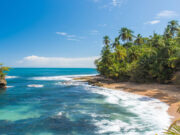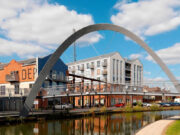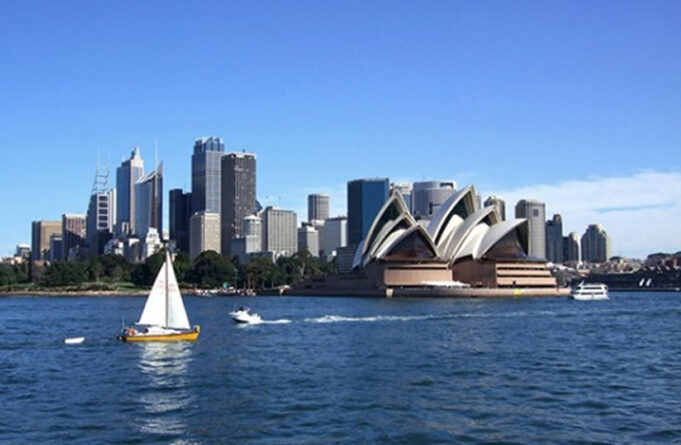Adapting to life in Sydney, a sprawling metropolis of more than 4.84 million people, especially if you are coming from a small town can be pretty daunting. You rarely know anyone, you often get lost, the cost of living is higher… All in all, the future looks bleak. In order to adjust to living in Sydney relatively painlessly, you need a plan.
Find your way around
Start with Google maps as you can use them on any device you have. Before you come to Sydney, study the map, including all the major locations and the neighbourhood around your destination. In case you do not have either Internet data or Wi-Fi available, enable offline maps in the Google map app. And, just in case, buy a printed map, you can find at bus/train station.
Additionally, consider a city tour, not so much to see tourist attractions, but to help you orient yourself. You can opt for The Sydney and Bondi Explorer offering 24h and 48h tickets, or a 90-minute tour if you prefer to stay on the bus the whole time. MyMulti DayPass, an all-in-one ticket giving you unlimited travel all day long is also available. It can be used for trains, buses, harbour city ferries and light rail services.
Budgeting
The cost of living in Sydney is high, so make sure you have a monthly budget plan. Your budget should cover accommodation, food, transport, clothing, entertainment, domestic travel, telephone and incidental costs. Taking into account the cost of living index, do some maths to familiarize yourself with an approximate budget.
Accommodation
Assuming you will consider renting during the first months, do know that properties in Sydney are advertised a few weeks before they become available. In addition, most of the rentals are unfurnished and if they are furnished, they are usually flats, not family-size homes. You can start looking for accommodation by hiring a real estate agent (Our Properties, Real Estate, Domain, etc.), or through newspapers. The rent is usually paid fortnightly, or monthly. The average rent is $250 per week, or $1,083 a month.
Some of the popular inner suburbs for students and young professionals are Randwick, Newtown and Redfern, while the western suburbs are usually chosen by families. The eastern suburbs around Double Bay and northern beach suburbs are the most expensive.
Transport
Sydney’s public transport system includes Sydney Trains, NSW TrainLink, Sydney Buses, Light rail, Harbour City Ferries and taxis. You can use Sydney Trains between the northern, southern and western suburbs and they live from Central, Museum, St James, Town Hall, Wynyard, Circular Quay, Martin Place and Kings Cross Stations, while the trains to the eastern suburbs leave from Martin Place Station. Sydney Buses and Light rail lines also travel through the city, while the train network operates beyond the city.
Even though Sydney offers an extensive and comprehensive public transport system, most people moving to Sydney find it useful to have a car. “Having a driver’s licence is very helpful since you have the freedom to explore and you can rent a car at a reasonable price”, say a driving school from Richmond. For example, visit VroomVroomVroom, where you can find information on the price of different car rentals.
These are only some of the recommendations we can give you. Remember that you should explore the city whenever you can as this is the best way to adapt to a new lifestyle. Many experience culture shock even though they stay within the same country. Fortunately, it is a transitional phase. Finally, try to meet new people by joining in clubs, organizations, or sports teams. Knowing you have a friend in a big city is a great consolation.














